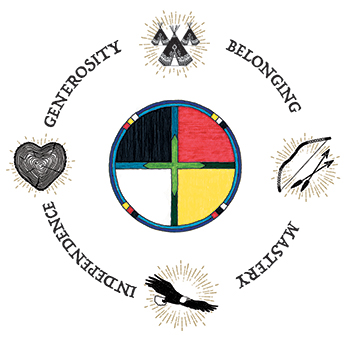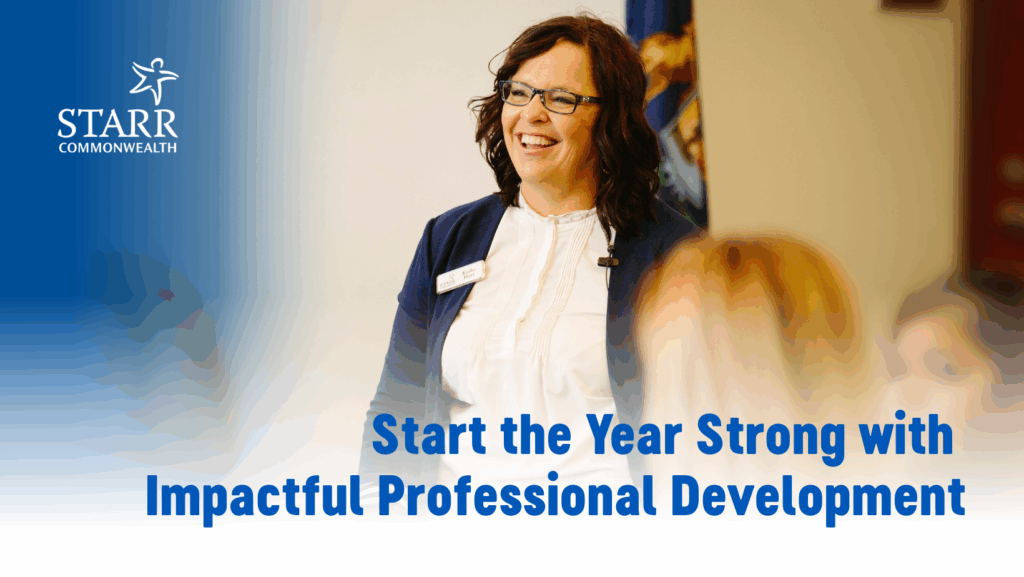It’s 7:45 a.m. The coffee’s half gone, the to-do list is already full, and somewhere between the copier jam and the morning bell, you think:
“When was the last time I learned something just for me?”
We ask our students to be curious, to reflect, to stretch beyond their comfort zones — but somewhere along the way, many of us forget that we’re learners too. Professional growth often feels like one more meeting, one more slide deck, one more hour to squeeze into a day already stretched thin. But what if growth didn’t have to be so heavy?
What if learning could be lighter — smaller, intentional moments that refill rather than drain?
☕ Growth in Small Sips
You know that feeling when you take the first sip of coffee and finally breathe for the first time all morning? That’s what bite-sized learning can feel like — a pause that nourishes your spirit instead of adding to the noise.
Maybe it’s a short podcast that shifts how you see your students.
Maybe it’s a reflective question that lingers long after dismissal:
“What do my students need most from me right now — and what do I need to show up for them fully?”
When we approach professional learning not as an obligation but as an act of self-care, we transform it. Growth stops being something to check off a list and becomes something that fills our cup.
Because the truth is: the more we care for our own growth, the more capacity we have to care for ourselves and our students.
🌱 Learning as Self-Care and Self-Reflection
Educators are master givers — we pour, and pour, and pour. But if we’re not careful, we run dry. Continued learning is one of the simplest, most sustainable ways to pour back into ourselves.
It’s not indulgent — it’s essential.
Every time we invest in ourselves, we strengthen the model we offer our students. We show them that learning doesn’t stop after graduation, that curiosity and reflection are lifelong habits worth practicing. When students see us learning, struggling, and trying again, they learn that it’s safe — even brave — to do the same.
Professional growth isn’t always about new strategies. Sometimes, it’s about slowing down and digging deeper into what matters most.
It’s asking questions like:
- How can I better understand my students through a trauma-informed lens?
- How can I regulate myself before responding to a challenging moment?
- How can my classroom reflect compassion, not just compliance?
The best growth begins with reflection — the kind that reminds us who we are, and why we chose this work in the first place.
💡 Digging Deeper: Growth that Heals and Transforms
That’s why Starr Commonwealth created the Certified Trauma & Resilience Specialist in Education.
It’s not another “sit-and-get” PD — it’s a journey into the heart of what it means to teach, mentor, and lead with humanity.
Through flexible, self-paced modules, educators explore how trauma and resilience shape the learning brain, discover strategies that build safety and belonging, and reflect on their own wellness and emotional capacity. Each lesson is practical, empowering, and restorative — like giving your professional heart a deep breath of fresh air.
We tell our students, “Mistakes mean you’re learning.” But do we truly believe that for ourselves? When we model curiosity, humility, and courage, we remind our students — and ourselves — that growth isn’t about perfection, it’s about progress.
Maybe your “bite-sized” step this month is trying one new strategy from a workshop, finishing the book that’s been sitting on your desk since August, or finally enrolling in that Starr course you’ve been eyeing because deep down, you know it’s time to nurture you.
🌻 The Invitation to Return to Yourself
Learning isn’t one more task to check off; it’s an invitation to return to yourself — to the “why” that called you into education in the first place.
When you grow, your students feel it.
When you heal, your classroom becomes a place of safety.
When you take one small step toward learning, you model hope — and hope, in education, is everything.
So take your growth one sip at a time. Start small. Start today. And remember: you are worth the investment.
☕ Explore the Certified Trauma & Resilience Specialist in Education — your next bite-sized step toward a stronger, more resilient you – because you deserve it!






